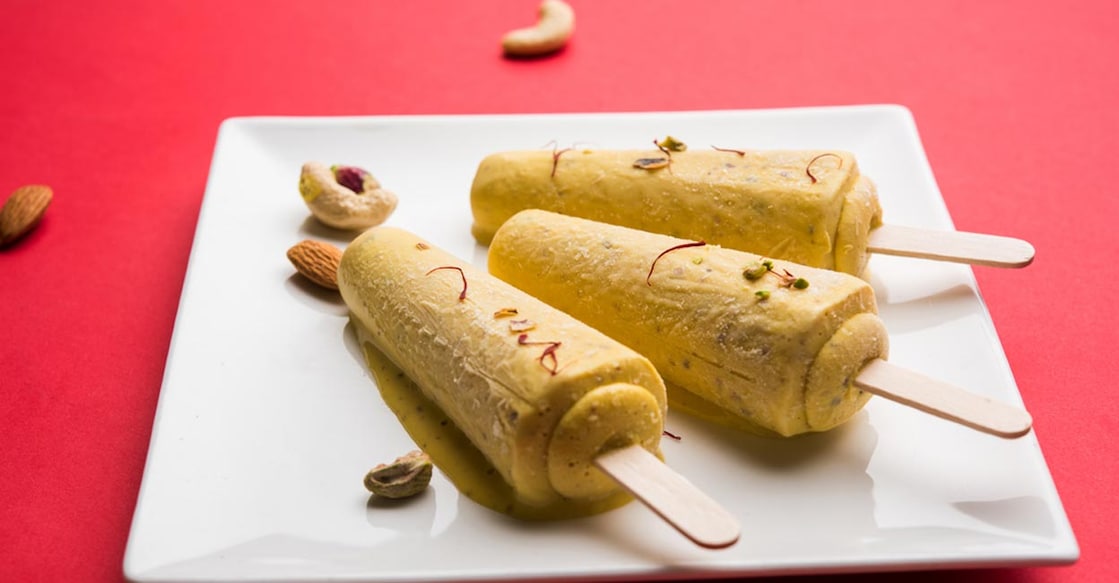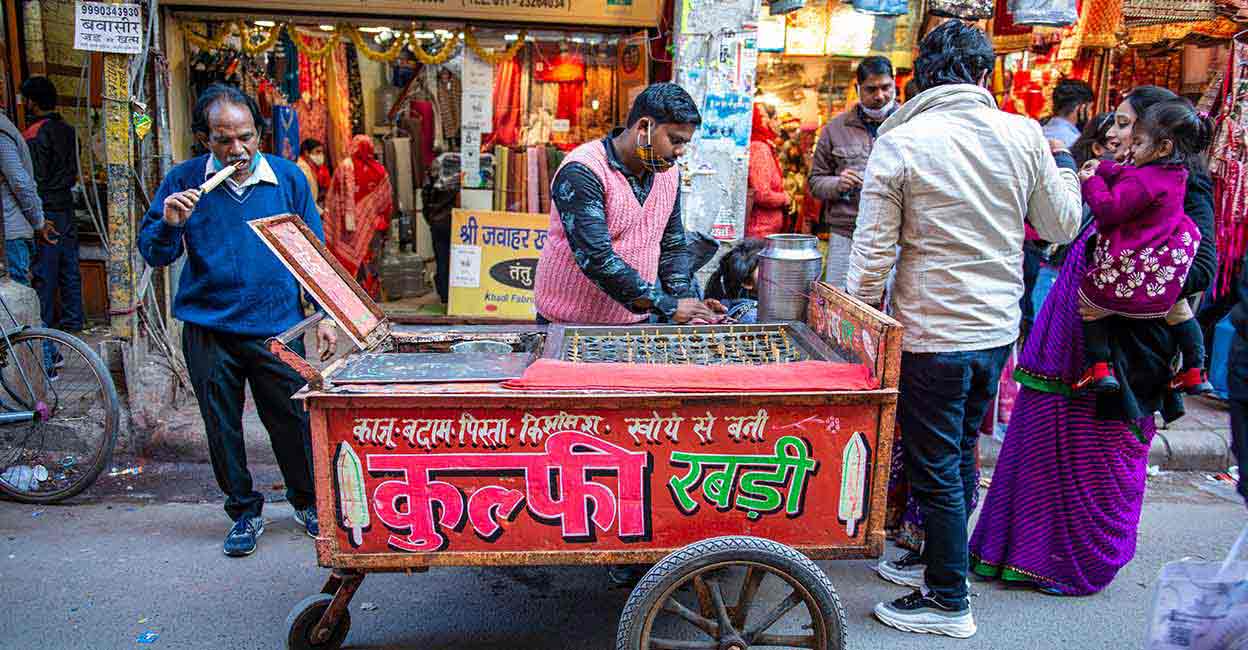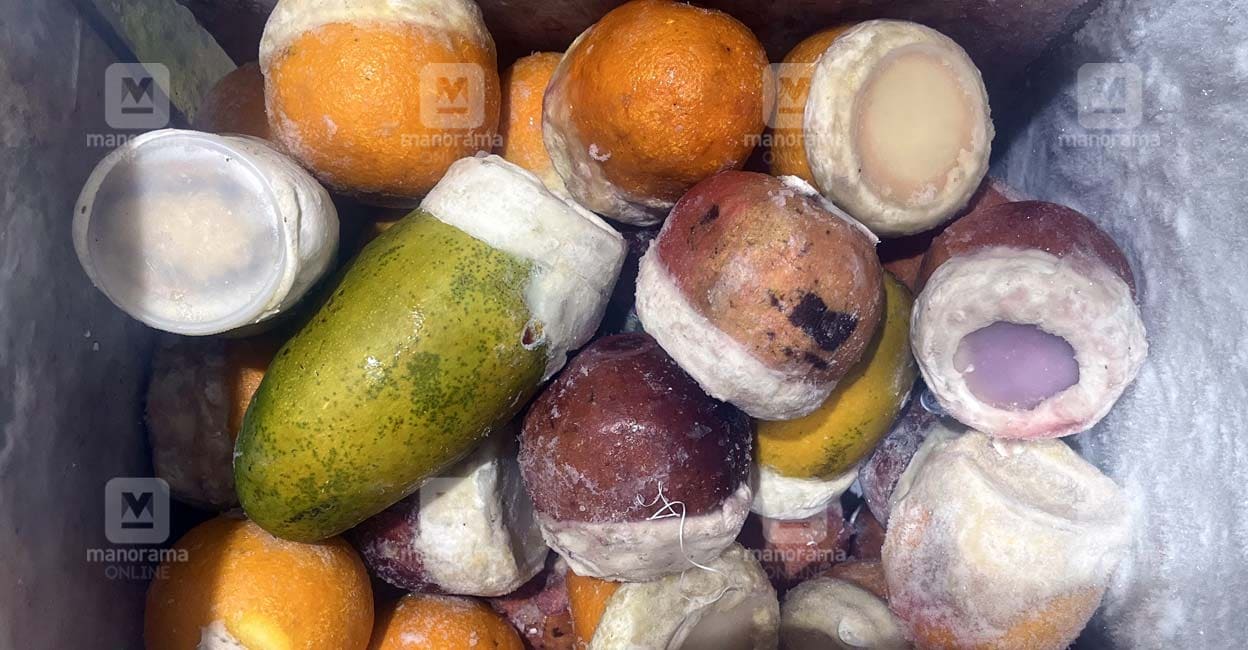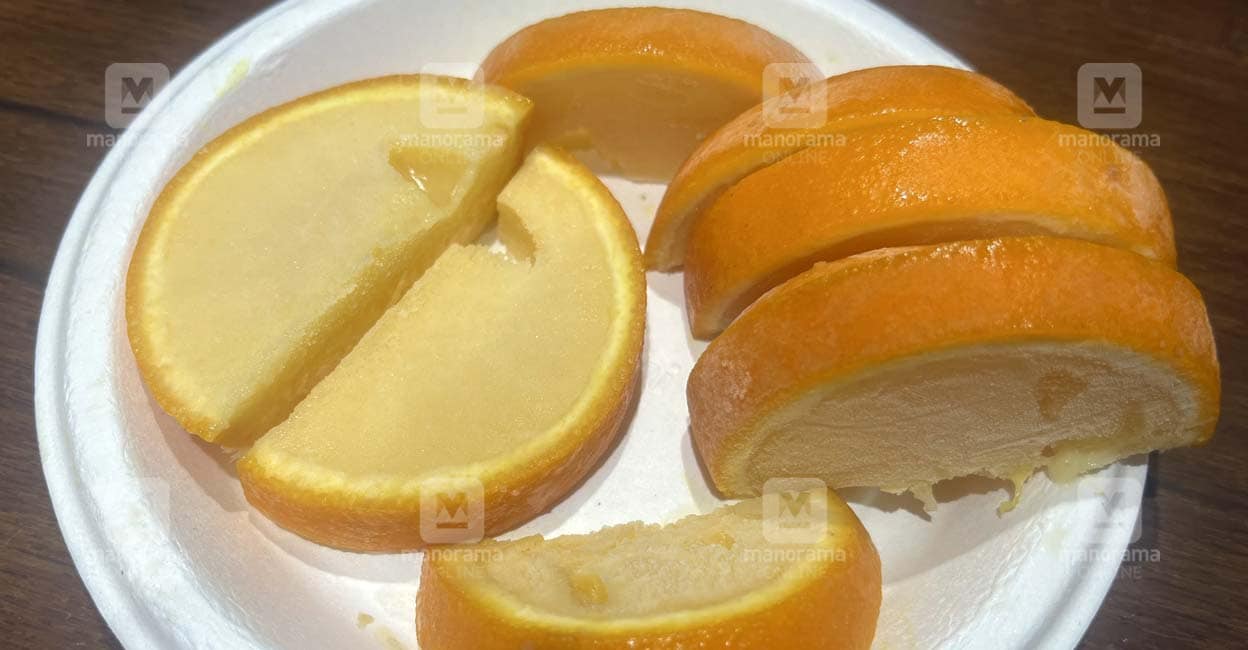Craving a cool kulfi? Know all about this creamy Indian delight

Mail This Article
The cool and refreshing kulfis are an emotion for many in the North Indian states. It instantly excites nostalgia and are enjoyed by both the young and the old alike. Interestingly, it is a dessert that is enjoyed during the sweltering summers and during the chilling winters too. The creamy texture of delicious kulfi is sure to create ‘happy’ sensations on our taste buds. Kulfi lovers vow that nothing can beat the richness of the milk and almonds that give kulfi its unique flavour. Even if myriad flavours are introduced in ice creams, many still love to enjoy a humble stick of refreshing kulfi.
Kulfi is believed to have arrived in India during the reign of the Mughals. However, variations of this decadent dessert were enjoyed in the Middle East and in Africa. The name ‘kulfi’ apparently comes from the Persian word ‘qulfi’ which means covered cup. The sweet sounding name is just perfect for a delicious and rich dessert that fills the heart with pure joy.

Interestingly, kulfi has been mentioned in the famous Persian treatise ‘Ain-i-Akbari’ written by Emperor Akbar’s court historian Abu’l Fazl. Meanwhile, food historian Michael Krondl in his book ‘Sweet Invention: A History of Dessert’ mentions that milk based desserts had become popular during the Mughal era.
The residents of Delhi may be familiar to the sight of rows of cycles that are fixed with huge cold boxes with mouth watering kulfi in it. Chilled kulfis that are fixed on a stick may be neatly stacked in tiny steel moulds inside this box. The kulfi is demoulded by rubbing some water on the steel mould. Noted English food critic Elizabeth David, in her book ‘Harvest of the Cold Mouth’ says that this steel mould method may have been copied from the Europeans.

Even though halwa too was popular during the Mughal era, nothing could beat the incredible taste and texture of the majestic kulfi. The truth is that the recipes from the regal era haven’t changed much and are still used to cook many delicious food items.
Kulfis made with milk, cashews and almonds are available in small clay pots too.

It was Kuremal Mohanlal who added a twist to the classic kulfi. The iconic Kuremal Mohanlal Kulfiwala store was opened in the 1990s in Chawary Bazaar with two varieties of kulfi. Kuremal’s son Mohanlal introduced the stuffed kulfi by using fresh fruits as the mould. The kulfi made with mango pulp would be filled inside the mango to add a fresh fruity twist. Orange and apple kulfis too became incredibly popular. These fruit kulfis are cut in small pieces and are served with a sprinkle of masala powder if required. The refreshing burst of flavours soon catapulted Kuremal Kulfi to fame. After Kuremal’s death, his sons started shops at various places, all under the name Kuremal Mohanlal Kulfiwala. They still own three stores in Chawari Bazaar. Besides, they serve delicious kulfis at their various stores around the city.


